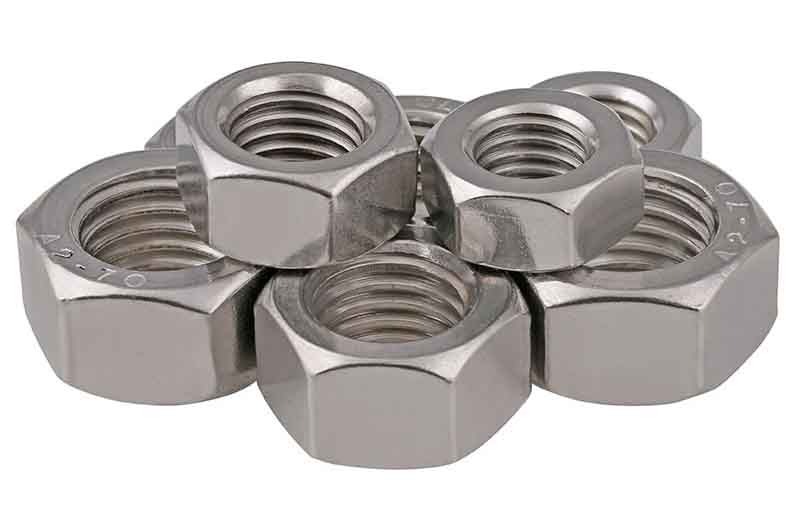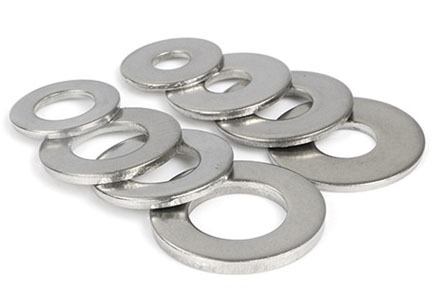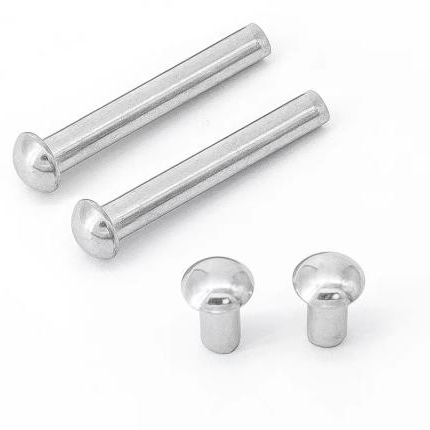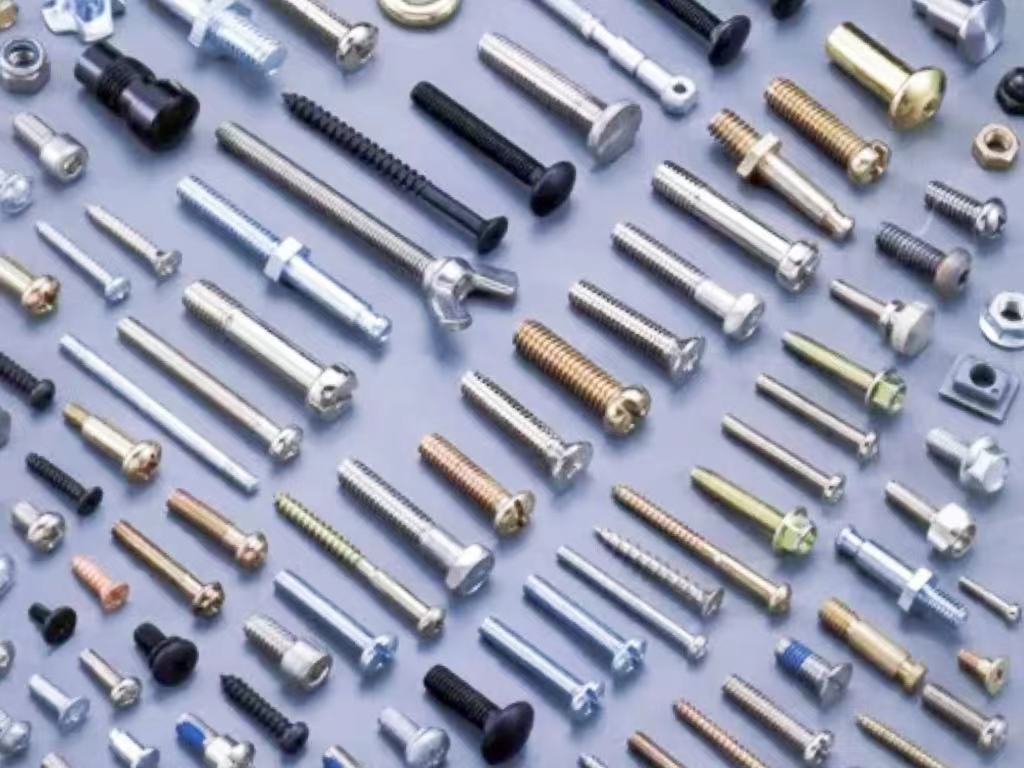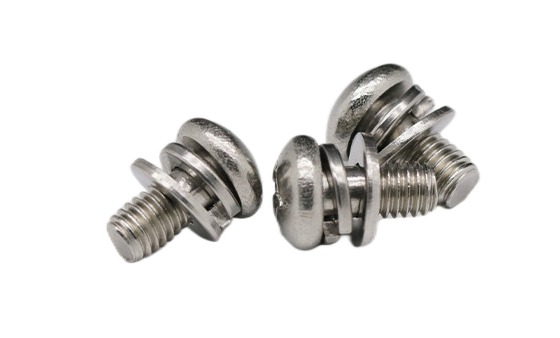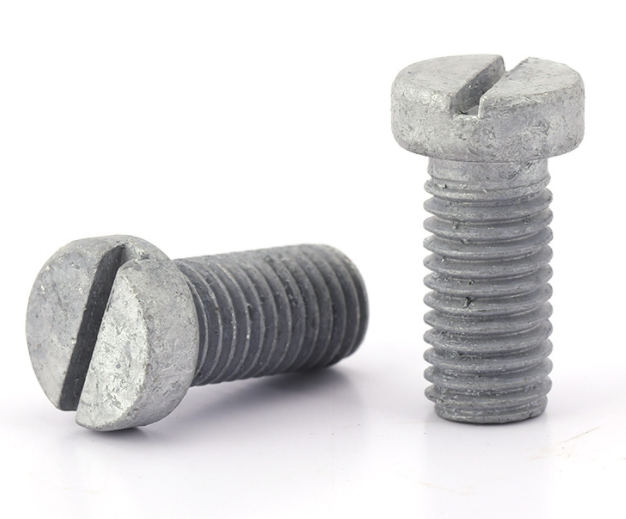Basic Guide to Screws, Bolts, Nuts, Washers and Studs
This article will introduce the difference between bolts, screws, and studs, and introduce the basic guidelines for fasteners such as the method of distinguishing the size of screws and the use of washers.
About Screws
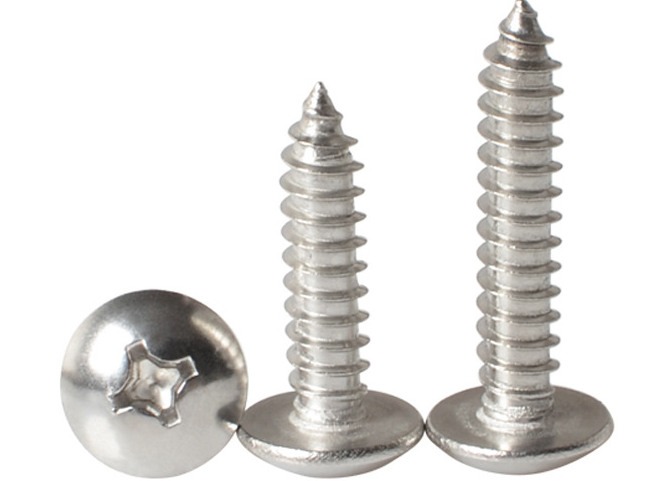
Screws refer to a tool that gradually tightens a part using the mathematical and physical principles of the beveled circular rotation and friction of an object. Screws are a common fastener that is widely used in daily life and production. The general material is plastic or metal, and the grooves engraved on the surface are called threads, which are cylindrical.
Screws can be divided into:
- Hexagon head, hexagon head with flange, square head, T head, mushroom head, cheese head, round head, pan head, countersunk head, raised countersunk head.
- One-line slot, inner triangular slot, inner corner quad slot, cross slot, rice slot, flower slot, plum blossom slot, flower one-line slot, special slot, and hexagonal slot.
Why do screws have so many head types?
1. In many cases today, one-line head screws have been replaced by cross head screws. Because the one-line head screw is more likely to be screwed so that the pattern on it cannot be seen clearly, the screwdriver cannot be used. The contact area between the one-line head and cross head type and the tool is much smaller than the contact area between the inner and outer hexagon head and the tool. Therefore, there will be no problem with distortion and failure of the inner and outer hexagons.
2. Regarding countersunk head screws and non-countersunk head screws. The bases of laptops in our lives are countersunk screws. However, due to the complexity and cost of processing, it is not necessary to use countersunk head screws on some unnecessary occasions.
How to distinguish m8 and m10?
M10 screws are larger in size than m8 screws. M10 refers to a screw with a nominal diameter of 10mm, while m8 refers to a screw with a nominal diameter of 8mm.
About Bolts
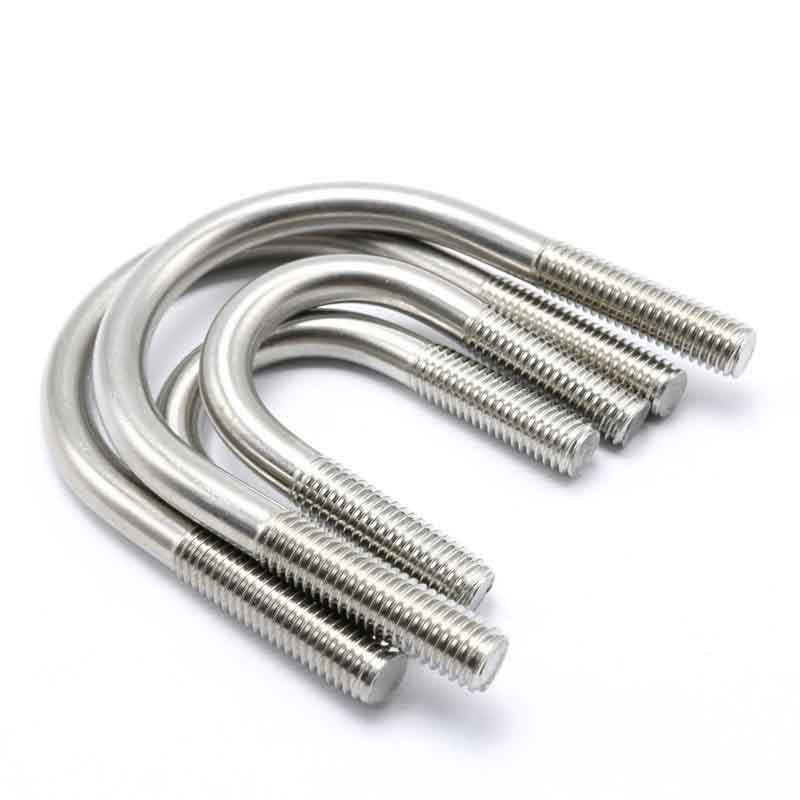
Bolts are mechanical parts that is a cylindrical and threaded fastener that requires a nut. It consists of a head and a cylinder with an external thread, which needs to be matched with a nut to fasten and connect two parts through holes. The bolts can be divided into ordinary ones and those with hinged holes according to the force of the connection. According to the shape of the head, it can be divided into hexagonal head, round head, square head, countersunk head, and so on. Among them, the hexagon head bolt is the most commonly used shape.
About Nuts
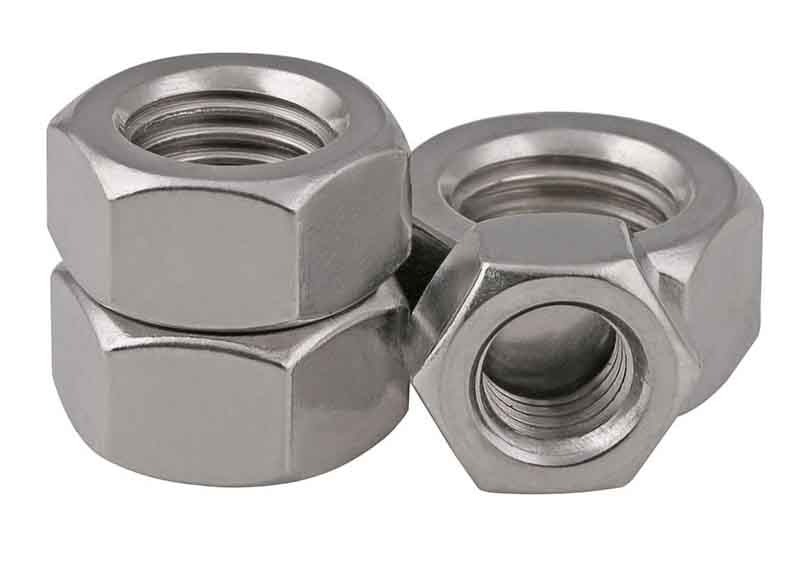
Nuts are a part that is screwed together with a bolt for fastening and has different classifications depending on the material, including stainless steel, copper, alloy, etc.
The main difference between screws and bolts is that screws work individually. The thread matched with the screw is machined on the workpiece. But the bolt and the nut work together, and the thread matched with the bolt is machined on the nut.
They play similar roles but in different contexts. Bolts and nuts are pre-purchased standard parts, and the objects to be connected only need to punch a suitable through-hole for each connection. Screws can be used in situations where one of the objects to be linked cannot make a through-hole, then screw links can be used.
About Washers
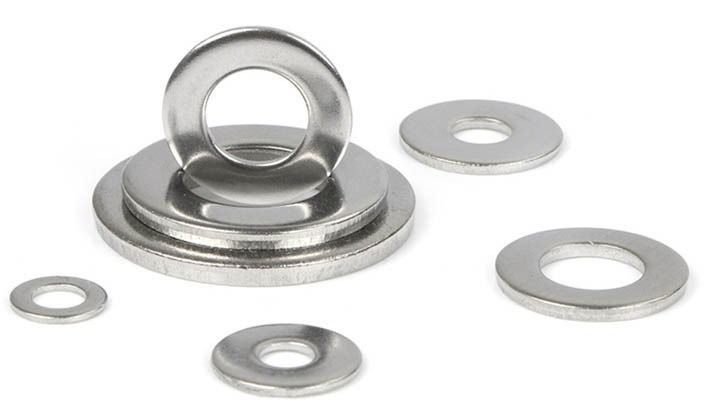
Washers refer to the parts that are cushioned between the connected part and the nut. Usually a flat metal ring.
Why do we use washers?
Generally speaking, the gasket has two functions. One of the functions is to protect the surface of the connected parts from friction damage by the nut. Another function is to disperse the pressure of the nut on the connected parts.
- Flat Washers
When the bolts need to be disassembled frequently, in order to protect the surface of the connected parts from being scratched, it is generally necessary to place a flat washer at the position of the nut or bolt head, so as to prevent the surface of the connecting parts from being scratched.
In the bolted connection, the pressure transmission of the bolt head or the nut-bearing surface is gradually expanded in a trumpet shape. The larger the bearing surface, the smaller the compressive stress. Therefore, adding a flat washer can reduce the compressive stress on the contact surface of the connected parts and ensure the effectiveness of the bolted connection.
- Spring Washers
The main purpose of the spring washer is to relax, and it is generally used on occasions where the bolt pre-tightening force is not high and the dynamic load is small. In fact, the spring washer has a little anti-loosening effect. Therefore, for the tightening occasion with a relatively high pre-tightening force and the connection is more important, the spring washer is not recommended.
About Studs
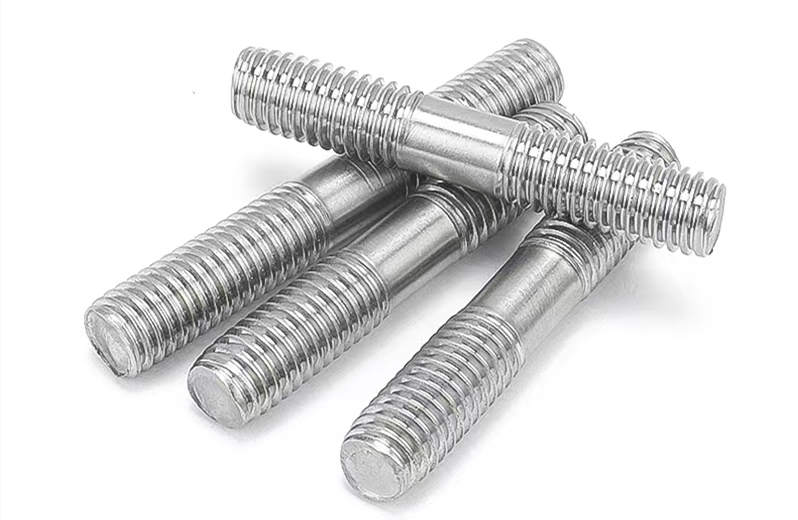
Studs are a type of fastener that has no head but has external threads on both ends. When connecting, one end of the stud is screwed into the part with the inner threaded hole, then the other end is passed through the part with the through-hole, and finally, the nut is screwed on, so that the two parts are tightly connected into one.
Summary
Through the above introduction, we have roughly understood the difference between screws, bolts, and studs. KENENG is a fastener manufacturer with more than ten years of experience. We can provide wholesale services and customized services, and welcome customers from home and abroad to consult us at any time.

